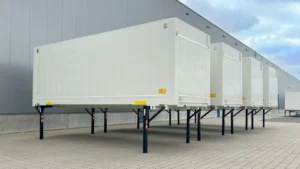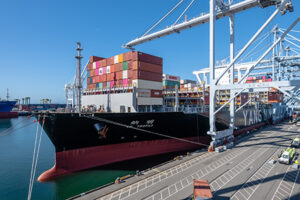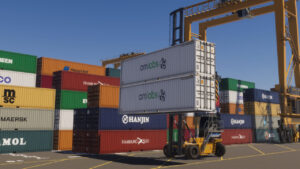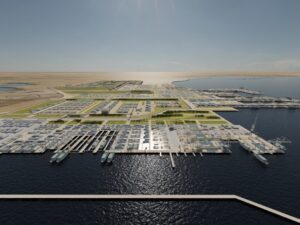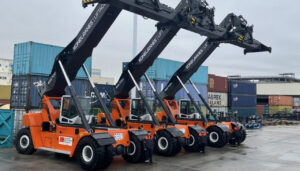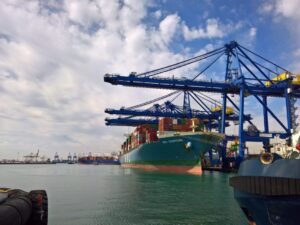The containership has come a long way in its development since the mid-1950s, with the world’s largest containership – the MSC Oscar – currently reaching a staggering 19,224 TEU.
Ships of this magnitude are expected to continue growing; with recent claims that 24,000 TEU ships could be traversing the world's oceans soon.
According to Trb.org, the first successful containership can be dated back to the mid 1950s, when the ‘Ideal X’ T-2 tanker set sail from Port Newark, New Jersey in April 1956. Although a successful feat, the first basic designs for containerships were not introduced until 1957.
These 1,000-TEU tankers would often carry port cranes, since ports and terminals did not have the equipment necessary to handle shipping containers.
During the 1970s, when the container was becoming ever-more commercialised, the first fully cellular containership (FCC) was constructed, according to Dr Jean-Paul Rodrigue of Hofstra University.
This was a massive advancement compared to previous containership designs, as the FCCs were able to transport containers below deck.
During the 1980s and 1990s, larger ships such as the panamax, post-panamax, and super post-panamax ships had begun construction, as transporters realised that it was more cost-effective per unit to carry more containers in one trip.
Dr. Rodrigue has said that there is the possibility of the ‘Malacca Max’ containership that could reach capacities ranging from 27,000-30,000 TEU with a draft of 21 metres, but such a design is not yet feasible with current limitations in port yard space, crane technology and international canals and waterway limitations.
Commenting on the nature of economies of scale, Dr. Rodrigue said: The limits to ship size are not likely to be set by engineering constraints but by commercial opportunities. Large ships obviously give shipping lines economies of scale, but large ships have more limited port of call options. Further, larger ships require more cargo per port call, which place small ports that could accommodate them at a disadvantage. Further, irrespective of the size of the ship, it is individual containers that must find their way to the final destination. From a supply chain perspective, economies of scale are not necessarily desirable since they are associated with lower frequencies of shipments.
See below for an infographic showing the evolution of ship sizes:
(Source: Dr. Jean-Paul Rodrigue)


